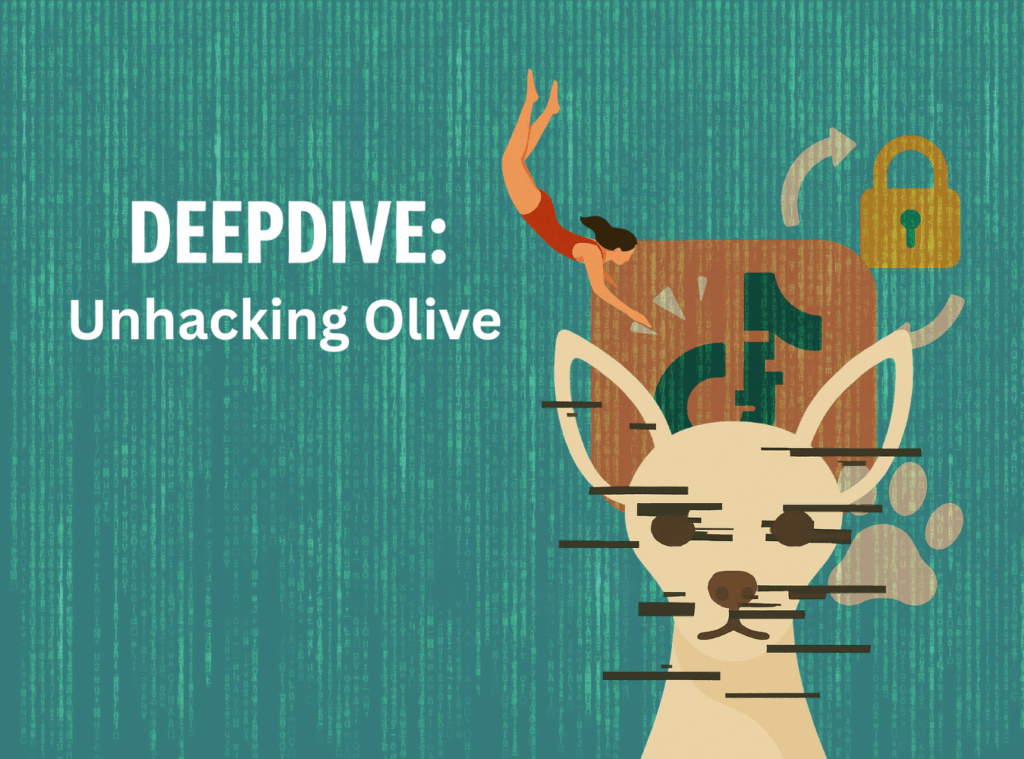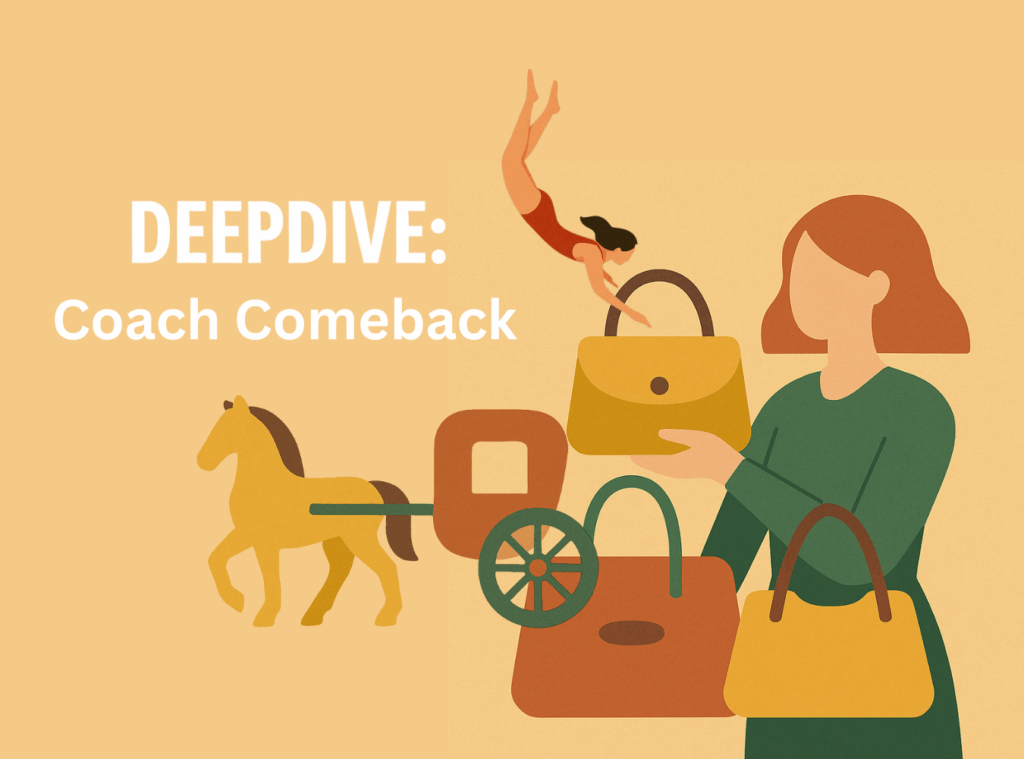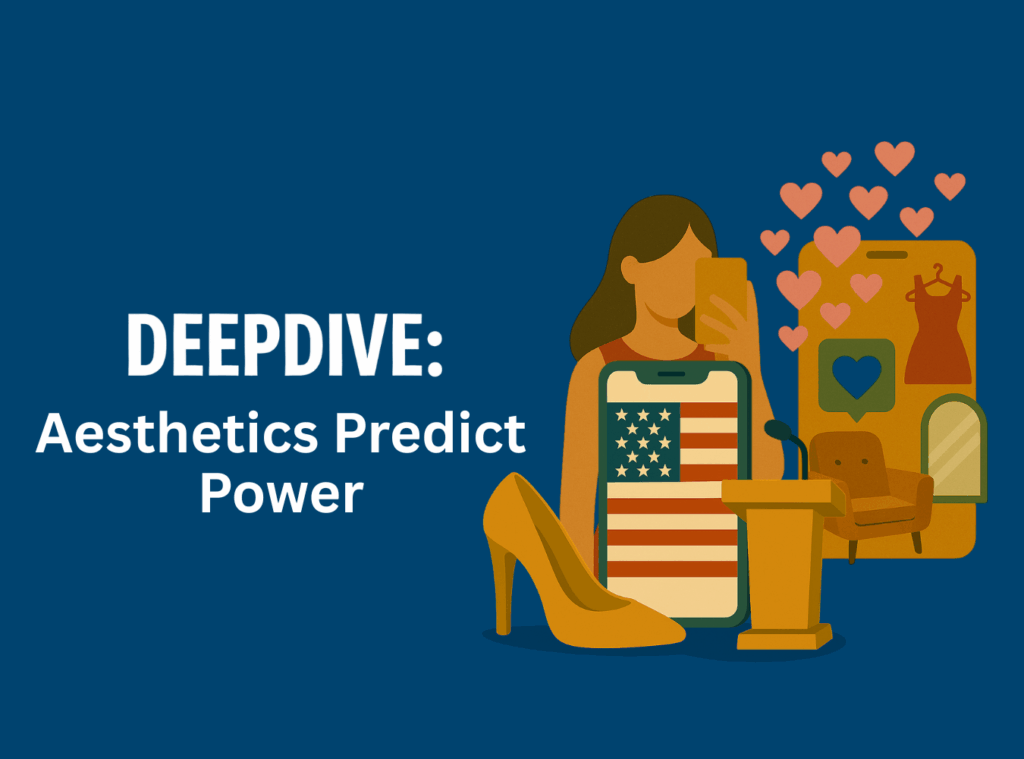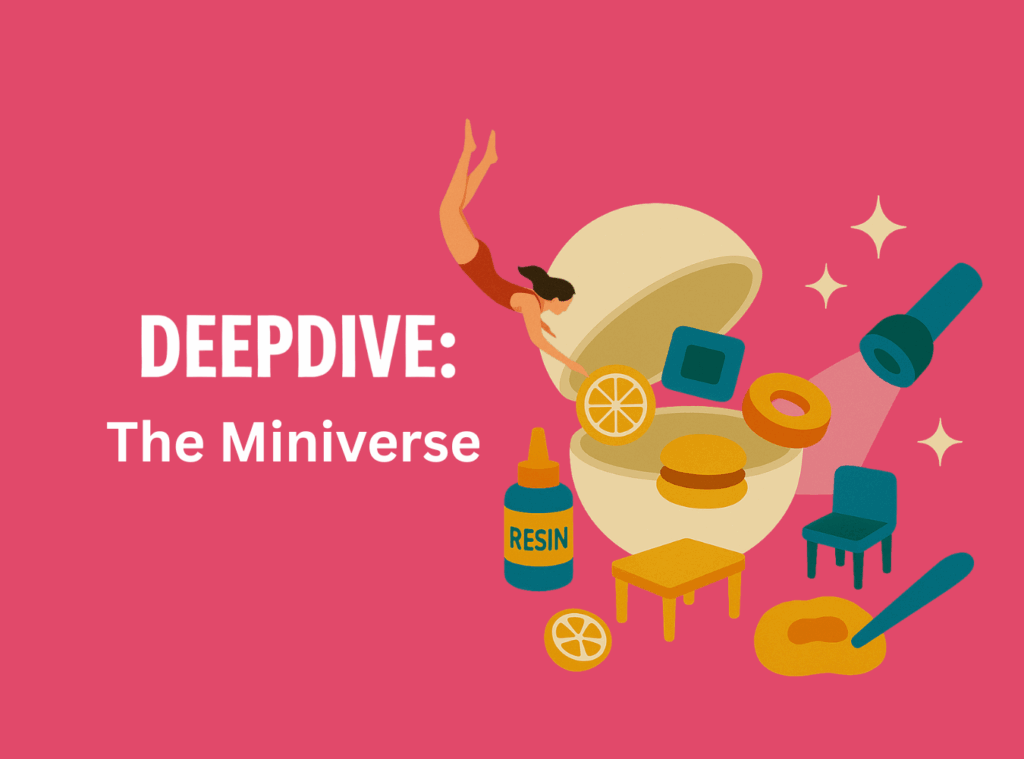What’s New at ListenFirst: 2026

Expanding Your Social Intelligence Program with Our People in More Places – Webinar Recap In our recent webinar, CEO Miranda McWeeney and Head of Growth Devin Carroll introduced ListenFirst’s expanded 2026 offerings. These additions give brands deeper intelligence, cleaner data, and more support across the entire social analytics workflow. While our core owned analytics platform […]
Unhacking Olive

How to Recover a Hacked TikTok Account, Fast. The account belonged to my dog, Olive. Just a “small Chihuahua trying to make it in a big world”, as her bio so proudly says. Her slice of social media exists in a peculiar corner of TikTok—one where the majority of her “fans” are other dogs and […]
The Coach Comeback

From outlet brand burnout to TikTok virality and Gen Z obsession, Coach’s resurgence is a case study in how legacy brands can pivot through product design, creator culture, and platform-native strategy. Rolling Stone Coach: The Brand That Fell (Then Flew Again) When my husband and I first started dating, he gave me a Coach purse […]
Deep Dive: When Aesthetics Predict Politics

How Social Media Style Trends Have Foreshadowed Presidential Outcomes from 2016 to 2025 & What That Can Tell Us About the Future What if the road to the White House runs through Instagram closets and TikTok living rooms? Over the past decade, U.S. presidential elections have been preceded—and arguably predicted—by distinct shifts in fashion and […]
The Rise of the “Ralph Lauren Christmas” Aesthetic

Quick Dip: How a heritage brand’s holiday style is inspiring the coziest TikTok trend of the season Quick Dips are trends & topics you can hop on now, no deep dive required! As the holiday season ramps up, TikTok is unwrapping a surprising(?) aesthetic hit: the Ralph Lauren Christmas look. Think roaring fireplaces, tartan everything, […]
The Miniverse Effect

Miniatures, Major Reach: How MGA’s Miniverse Captured TikTok, Cross‑Generational Fans, and the Unboxing Economy. How a niche DIY collectible line became a “kidult” favorite through influencer strategy, surprise packaging, and viral unboxing content. My collection (so far!) I bought my MGA Miniverse first blind ball about four months ago on a whim. I had seen […]
